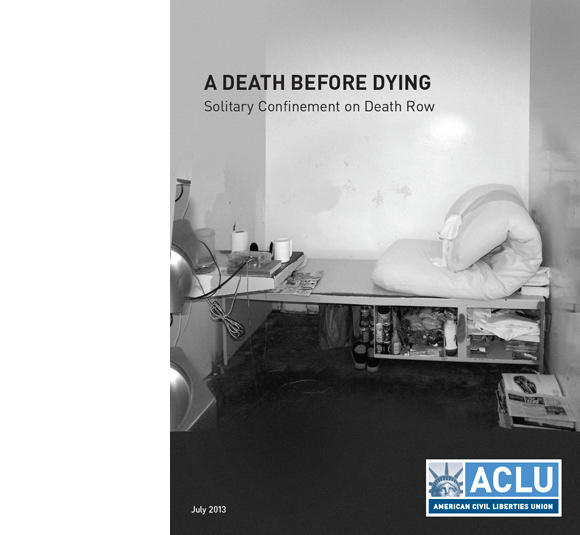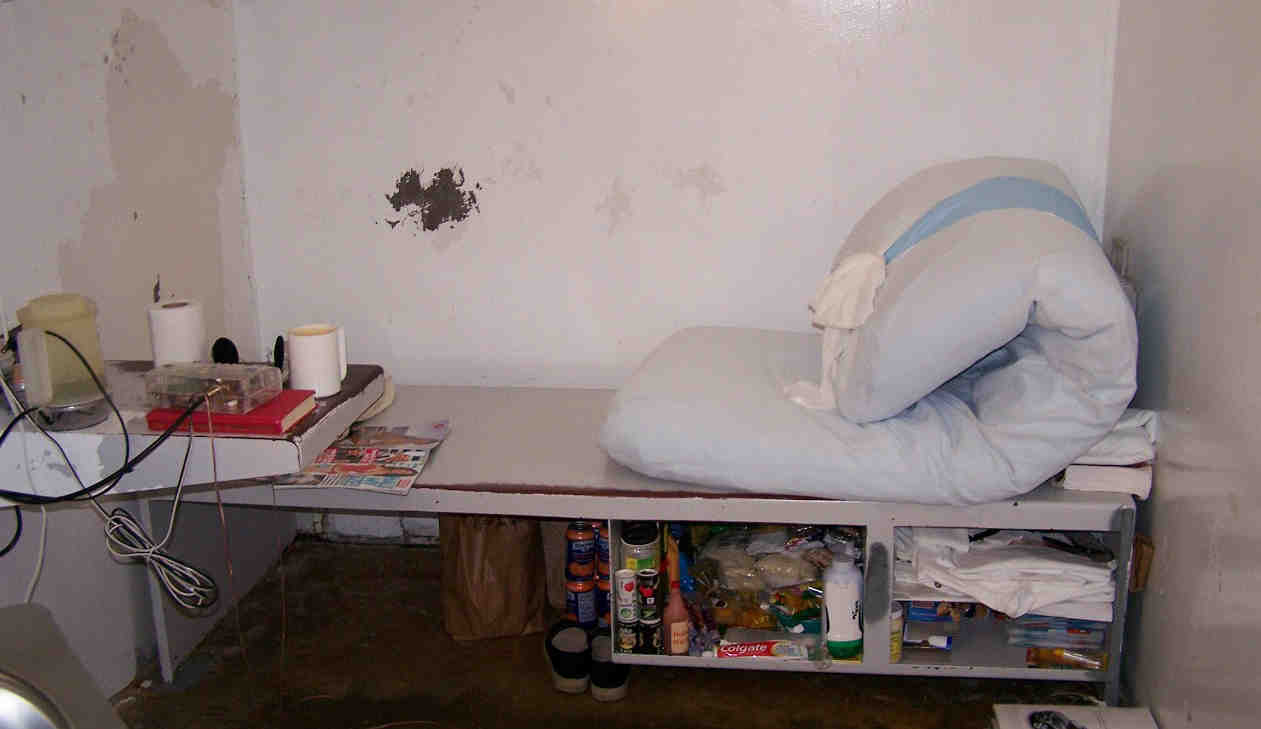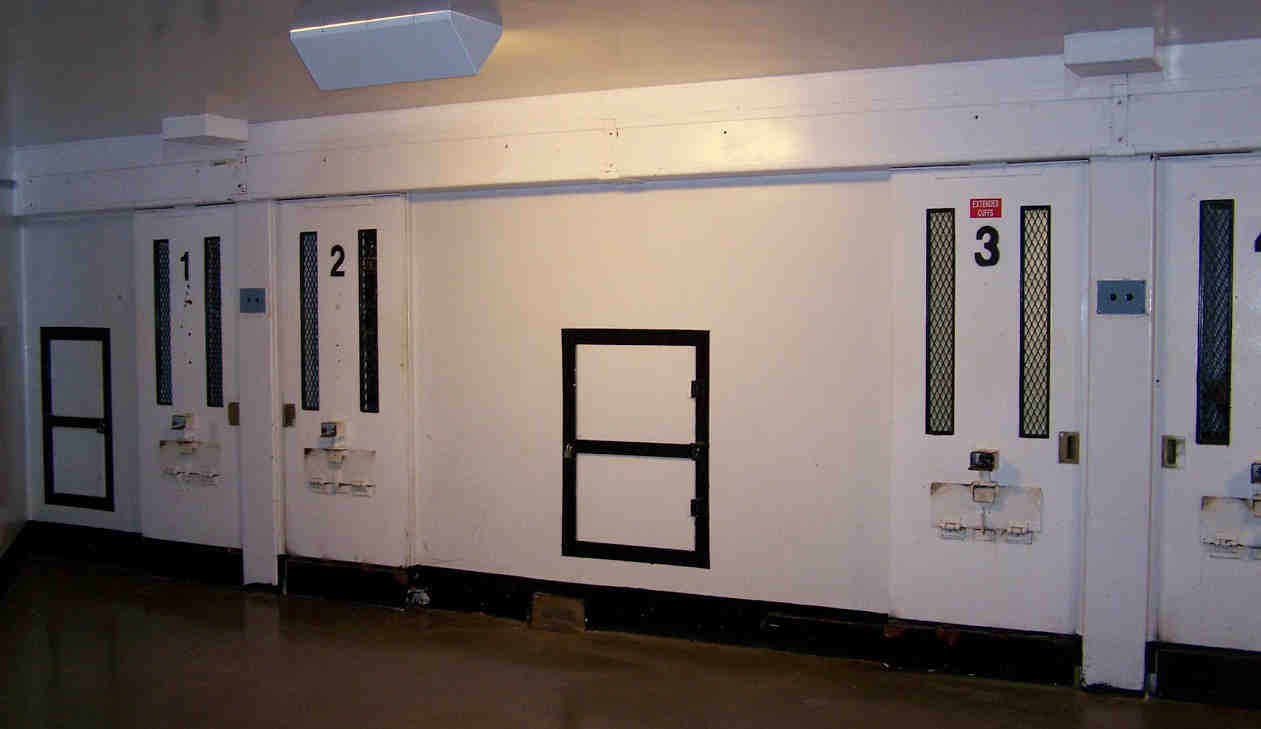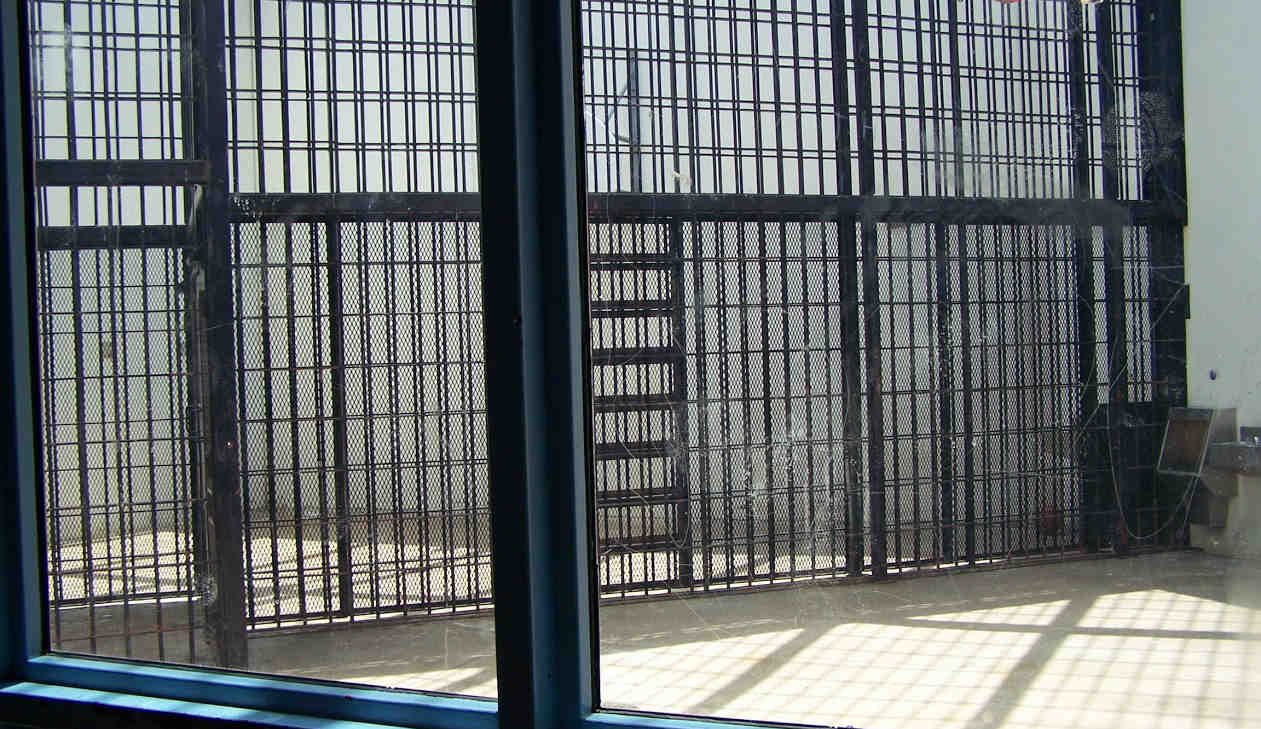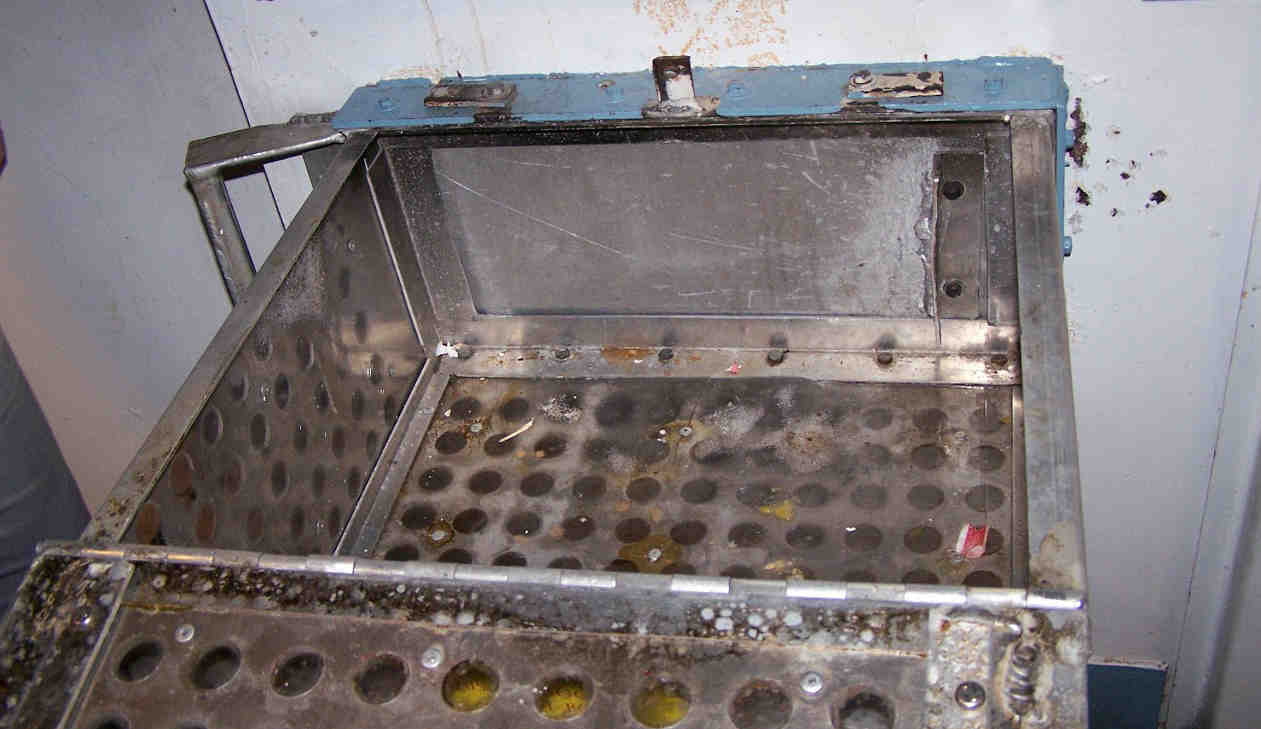A Death Before Dying
Solitary Confinement on Death Row

For many, a death sentence means a double punishment. People on death row can spend decades locked alone in a tiny, cement room before they are ever strapped to an execution gurney.
We know that the death penalty system is broken. Racial bias, junk science, underfunded public defense, and other serious breakdowns in our legal system can mean that people – sometimes innocent people – will languish on death rows for years while pursuing appeals. Spending these years in extreme isolation can erode mental health to the point that some will “volunteer” to die rather than continue to live under such conditions. Many prisoners die a slow and painful psychological death before the state ever executes them.
Using the results of an ACLU survey of death row conditions nationwide, this briefing paper offers the first comprehensive review of the legal and human implications of subjecting death row prisoners to solitary confinement for years.
Human Contact Through a Slot in the Door
Locked alone in a small cell with little human contact, most death row prisoners eat alone in their cells, fed on trays inserted through a slot in the door. Many receive the majority of their mental health care through those slots. Click through for pictures from Texas’ death row.
These prisoners lived in 60 square foot cells, the size of a parking space.
Innocent and Locked in a Box
From 1994 to 2006, Anthony Graves spent at least 22 hours a day locked alone in a small cell waiting to die – all for a crime he did not commit. During those years, 400 other prisoners who were also locked alone on Texas’ death row. Watch this video to hear Anthony’s story.
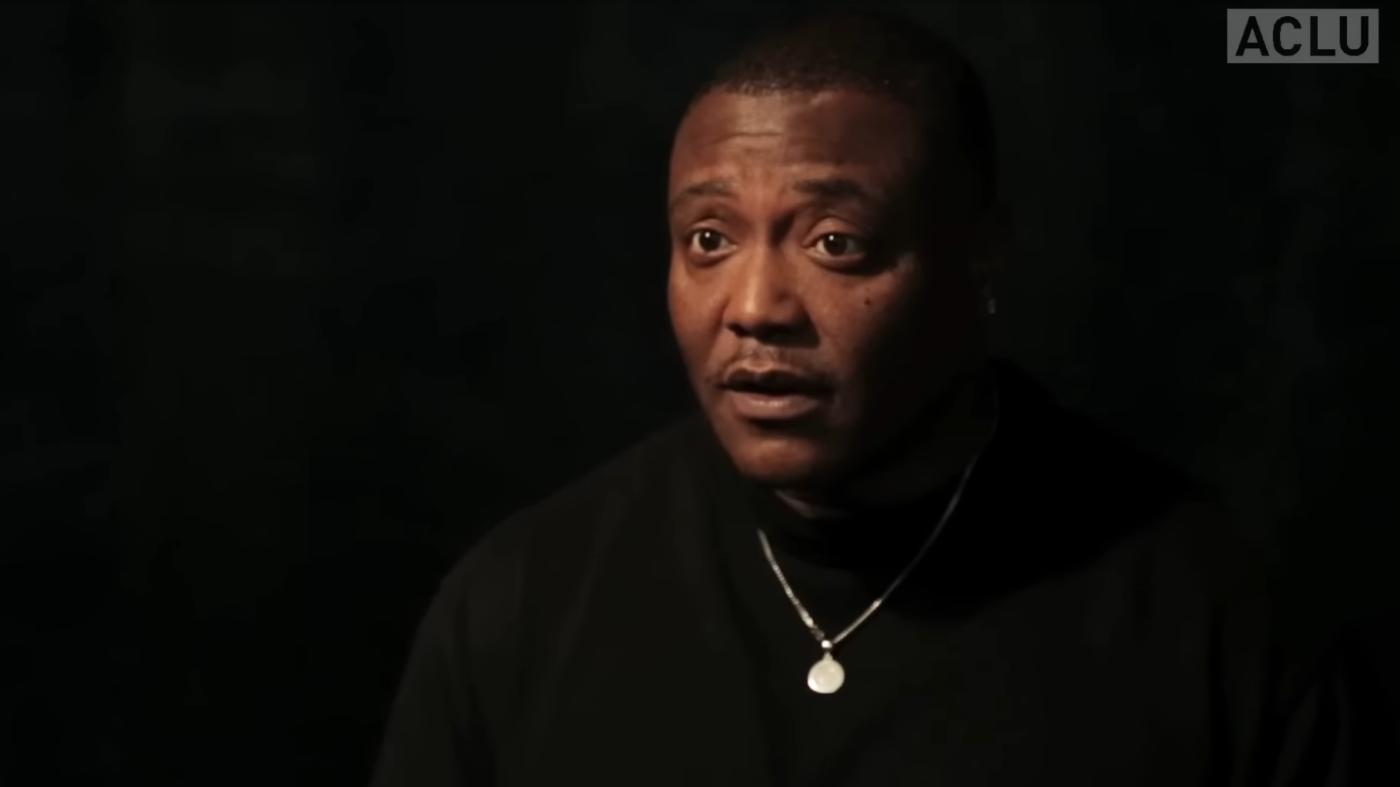
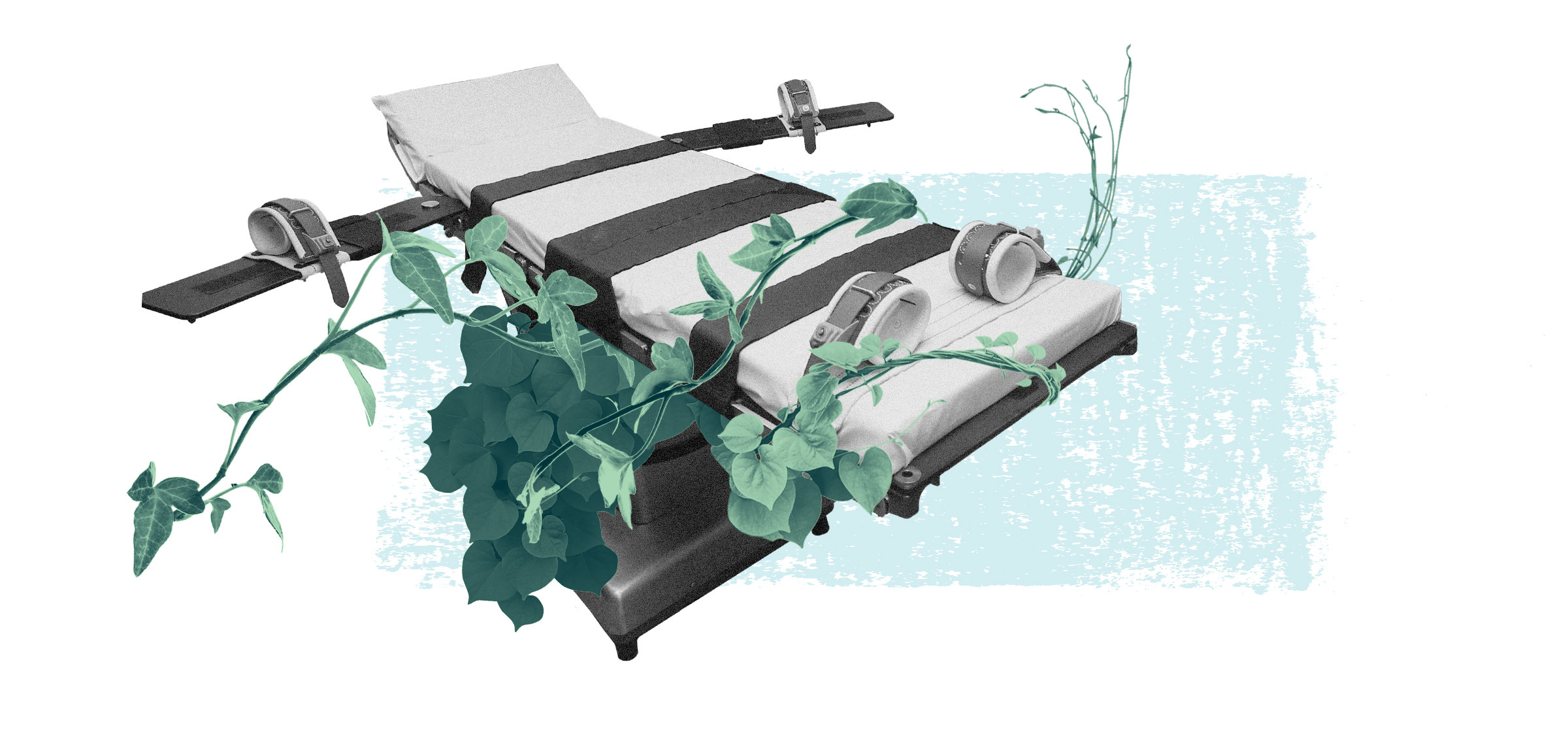
ACLU Campaign to End the Death Penalty
The capital punishment system is discriminatory and arbitrary and inherently violates the Constitutional ban against cruel and unusual punishment.
Source: American Civil Liberties Union
